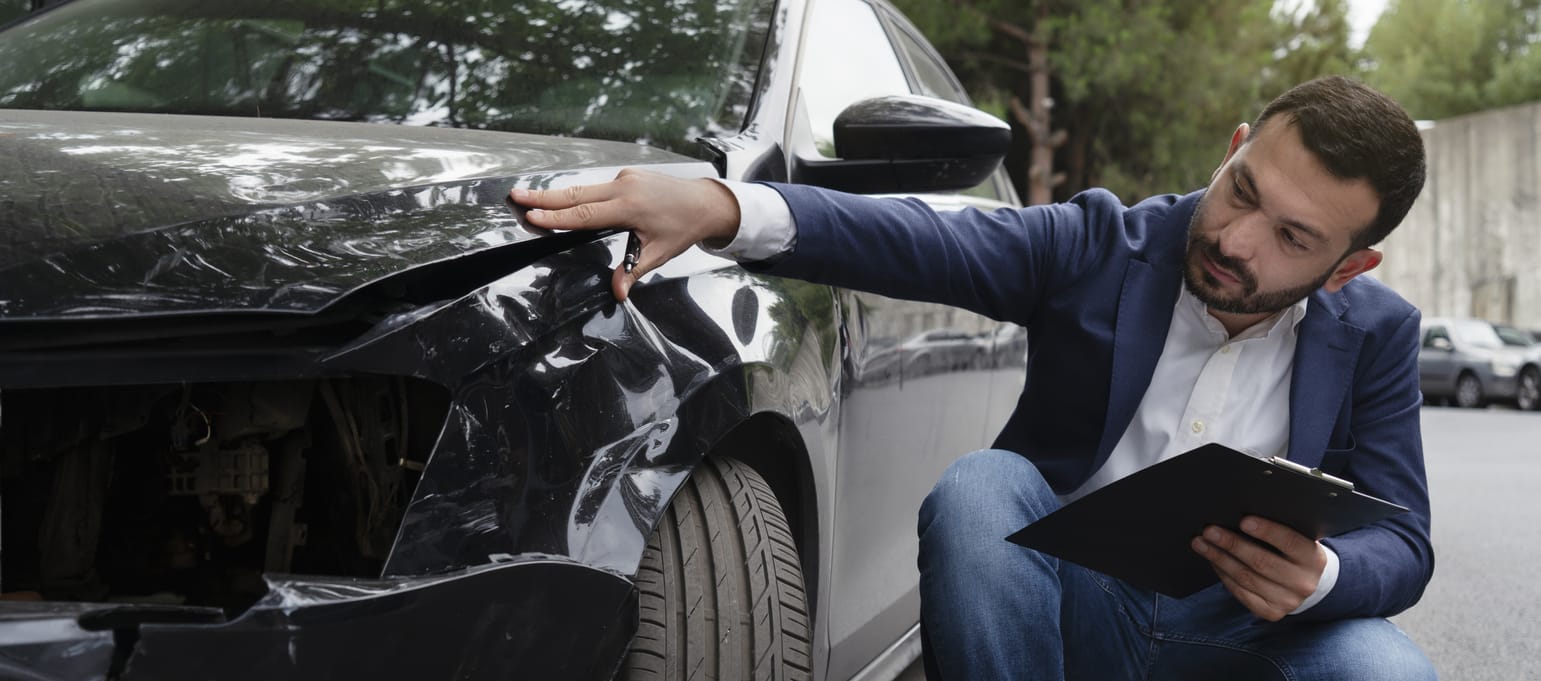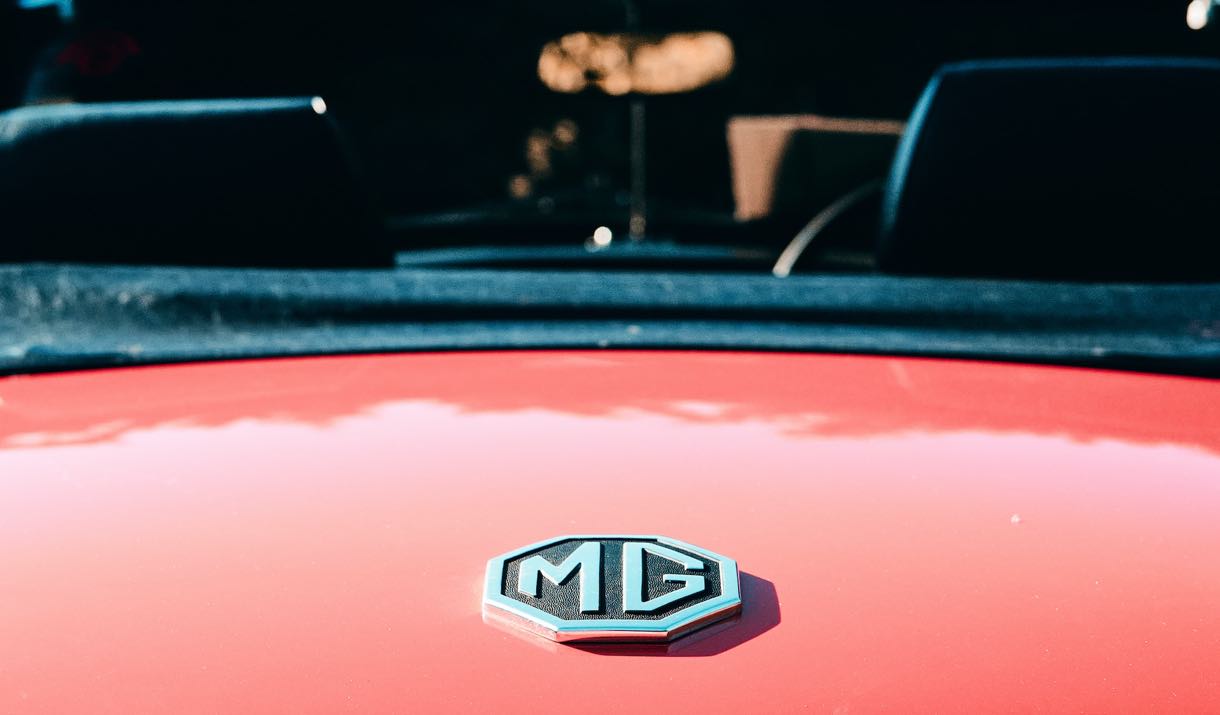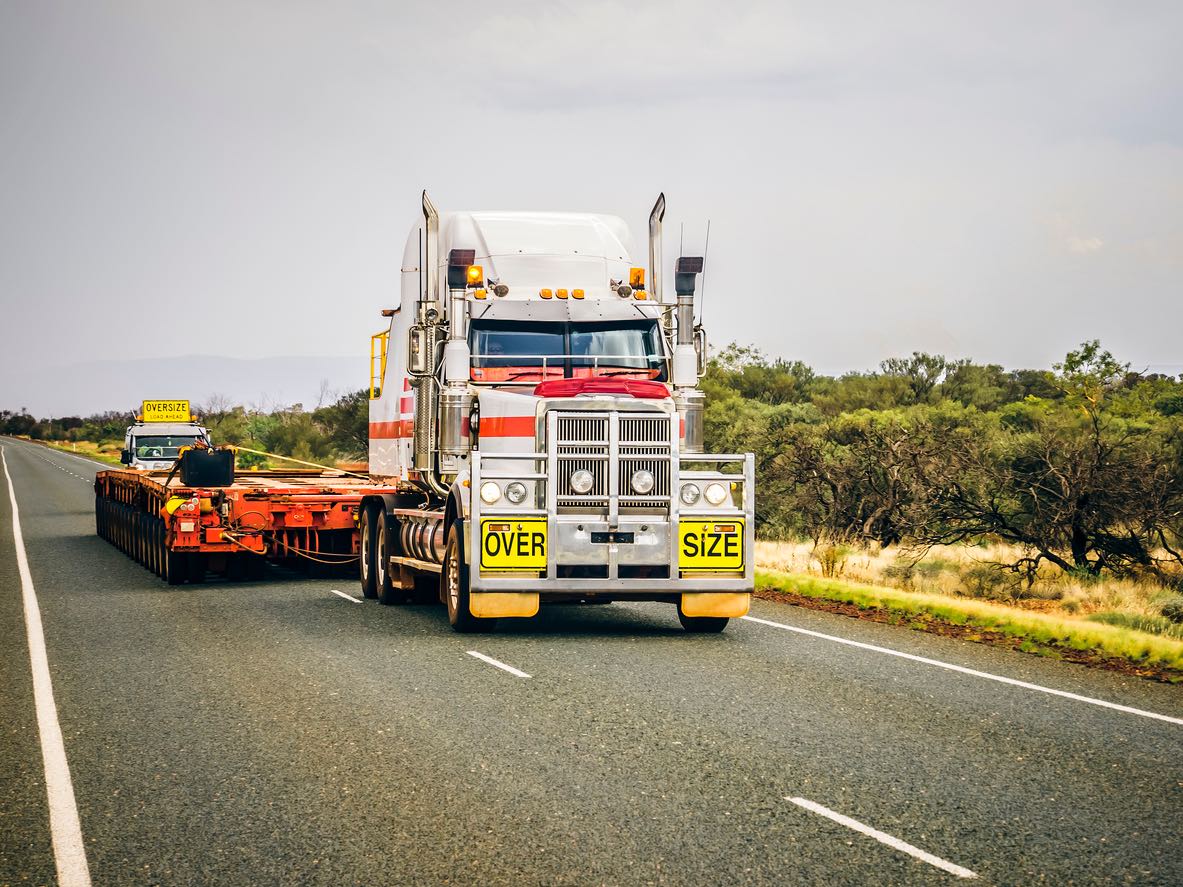Most auto transporters usually transport vehicles from origin to destination without issues. Unfortunately, unforeseen issues such as bad weather and poor road conditions can occasionally lead to car damage during transit. If your vehicle gets damaged during transit, you’ll need to file an auto transport damage claim to receive compensation. In this guide, we’ll explore the steps of the auto transport claims process.

Follow these steps to file an auto transport damage claim:
Auto transport brokers and carriers usually provide auto transport services. Brokers connect individuals and businesses with carriers (drivers), while carriers handle shipments.
Carriers also provide insurance, so if your vehicle gets damaged during transit, you’ll need to contact your carrier to file a claim. Alternatively, you can contact your broker for help if you can’t work things out with your carrier.

You won’t receive compensation if you can’t prove when the damage happened. That’s why you must ensure you and the carrier fill out a bill of lading before and after the delivery.
A bill of lading is a legally binding document that provides information about the vehicle’s origin, destination, and condition. When filling it out, you and your carrier must provide accurate information that aligns to ensure you’re compensated if damage occurs during transit.
Besides the bill of lading, you can take time-stamped pictures and videos of your vehicle before and after the delivery to support your auto transport insurance claim. While some drivers may refute your bill of lading, they’ll find denying picture and video evidence difficult.
Inspect your vehicle for any damage after the delivery. If you encounter any damage, bring up the issue with your carrier. While talking to the driver about your damaged car may feel like walking on thin ice, don’t hesitate to address the issue. It’s unavoidable because you’ll need the information you both provide on the bill of lading to align to get compensated.
Talk to Your Broker
It isn’t mandatory for auto transport brokers to help you file an auto transport damage claim, but reputable brokers will gladly walk you through the process. Some may even help resolve disagreements between you and your carrier. So, consider contacting your broker if you aren’t making any headway with your carrier.
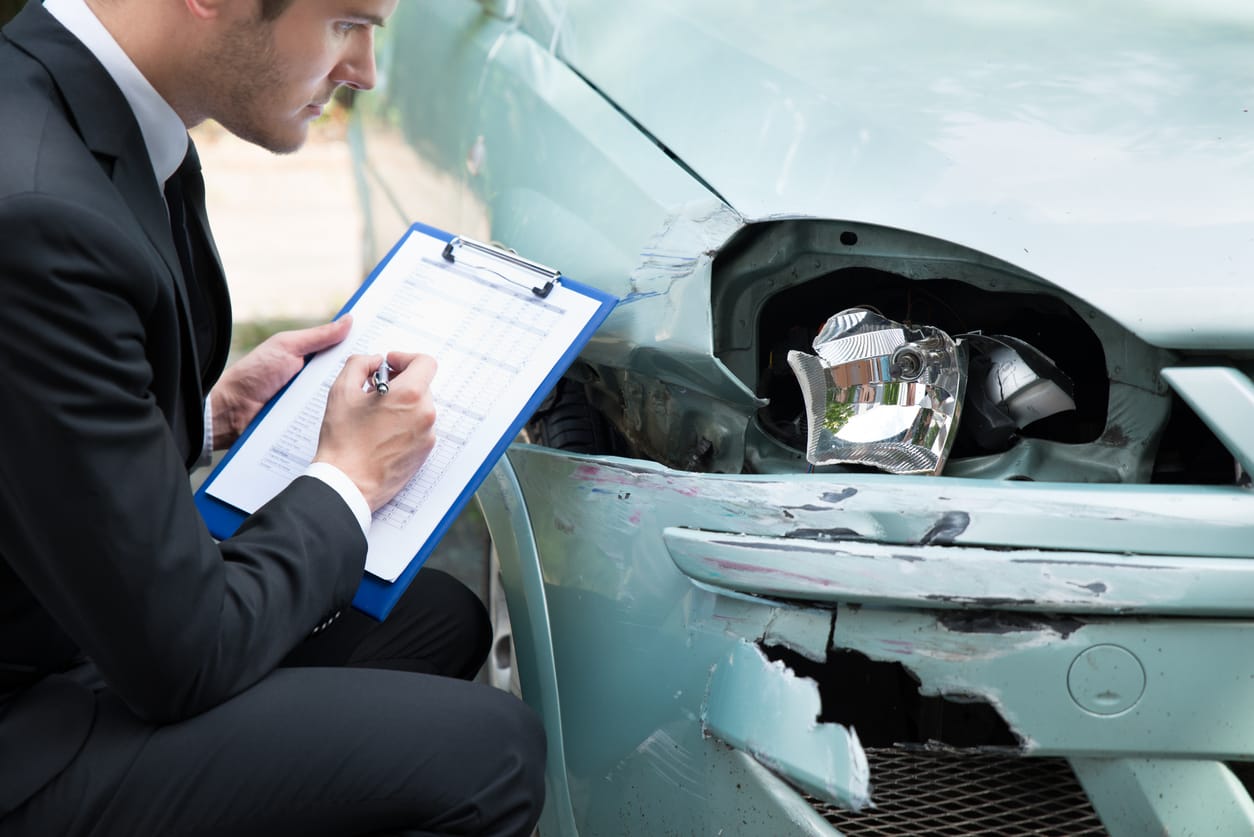
Insurance companies may dismiss your claim if you don’t provide all the necessary information and documentation to support it. While the details you must provide vary depending on the insurer, broker, carrier, and the nature of your situation, here are some typical details your broker may require to file a claim:
- Bills of lading
- Photos or videos of the vehicle before and after the delivery
- Proof of vehicle ownership
- Personal identification documents like a passport or driving license
- Receipts to serve as proof of payment
- Email exchanges
- Detailed information about conversations you had with the driver upon the delivery
All auto transport carriers in the U.S. are legally required to have liability insurance to protect vehicles against damage during transit. However, if sorting out issues with your carrier proves difficult, you can file a claim with your insurance company.
Just bear in mind that filing a claim with your insurer can be relatively complex and time-consuming because of the addition of a fourth party. Additionally, filing a claim with your insurance company might not be an option depending on the terms and conditions of your policy, so you must read the fine print before exploring this option.
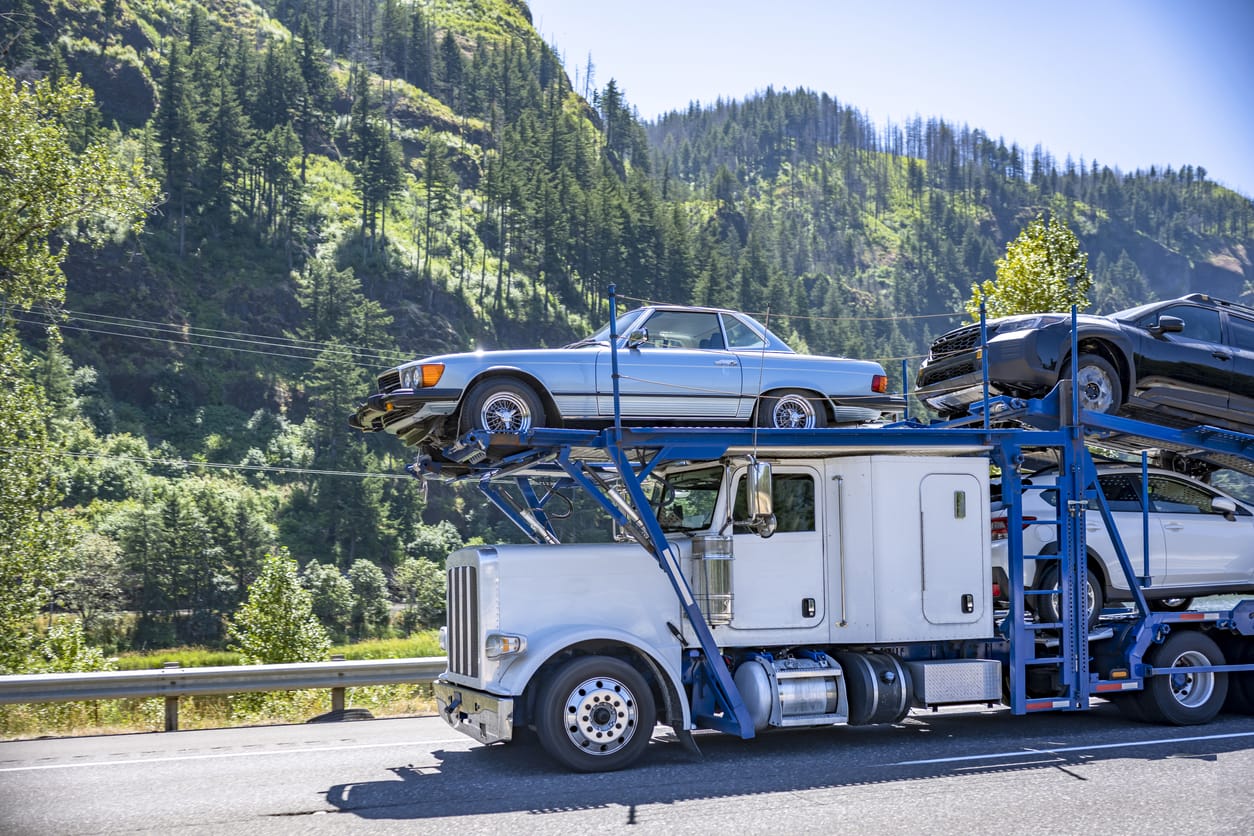
In rare instances, the carrier’s liability insurance provider may deny your claim even if you provide sufficient evidence. If the insurer refuses to acknowledge your claim, here are some last-ditch options worth exploring:
You can file a complaint with the Federal Motor Carrier Safety Administration (FMCSA) against the auto transport broker and carrier. While the FMCSA can’t compel the insurance company to compensate you, it can investigate and penalize the auto transport company if it finds it in the wrong.
Lodge a complaint with the Better Business Bureau or any other professional organization the auto transport company belongs to. Like the FMCSA, professional organizations can’t change your claim’s outcome, but they can put the carrier under pressure to find a solution.
Litigation generally isn’t a good option because it’s time-consuming, costly, and stressful. But you might consider litigation a last option if your vehicle is significantly damaged.

It’s unlikely your vehicle will get damaged during transit if you work with a reputable vehicle shipping company. Nevertheless, accidents occasionally happen. In the rare instances when damage occurs, you’ll need to file an auto transport damage claim. Follow the steps illustrated above for a hassle-free filing process.
Whether you own a little car or a big SUV, we have a number of shipping alternatives to transport your vehicle securely. To find out more about our shipping services, contact a Ship A Car transport coordinator at (866) 821-4555 to get your free auto transport quote.
